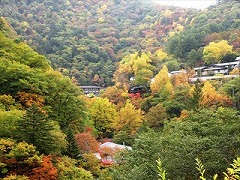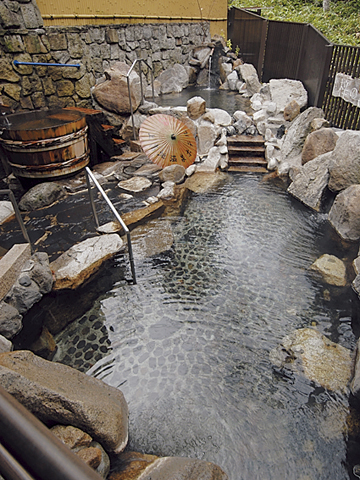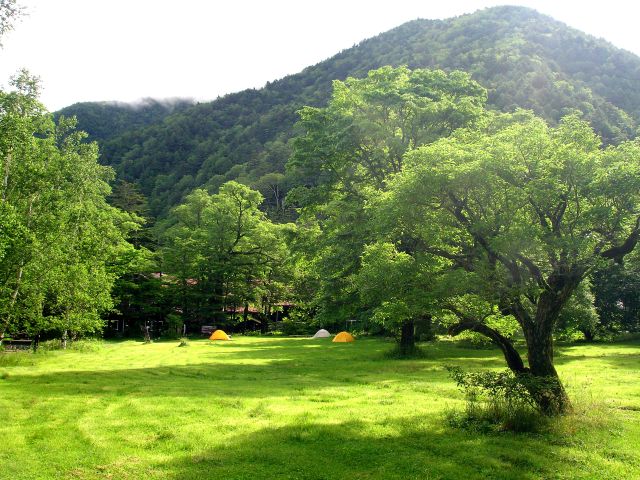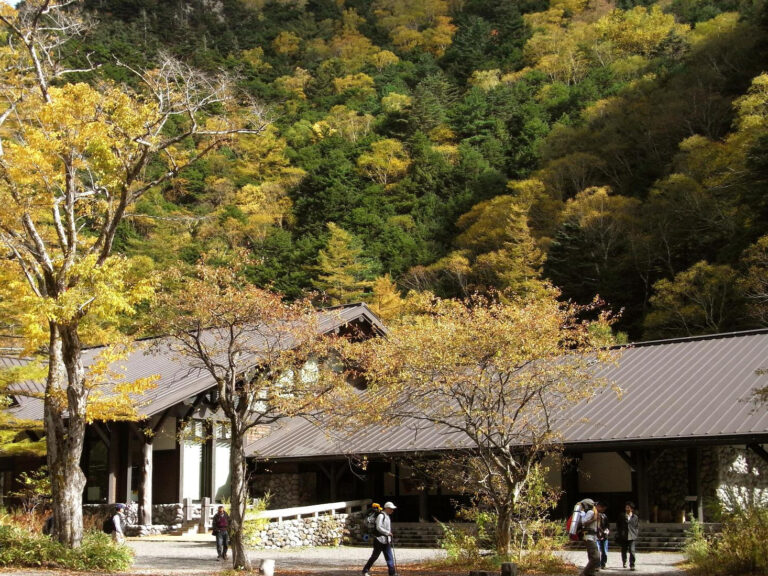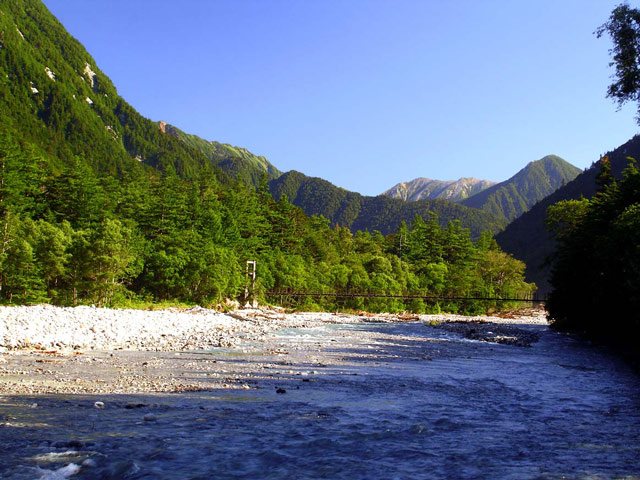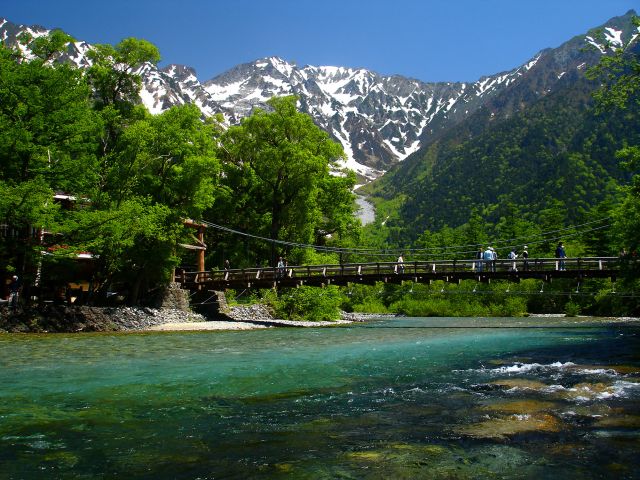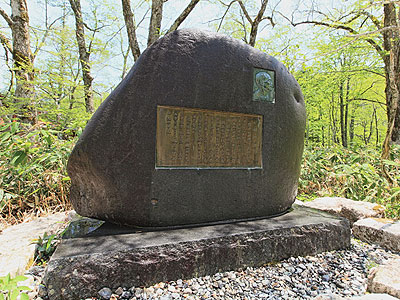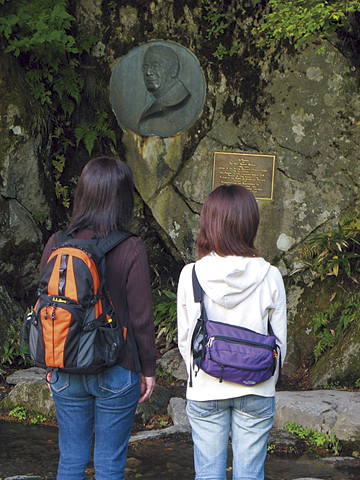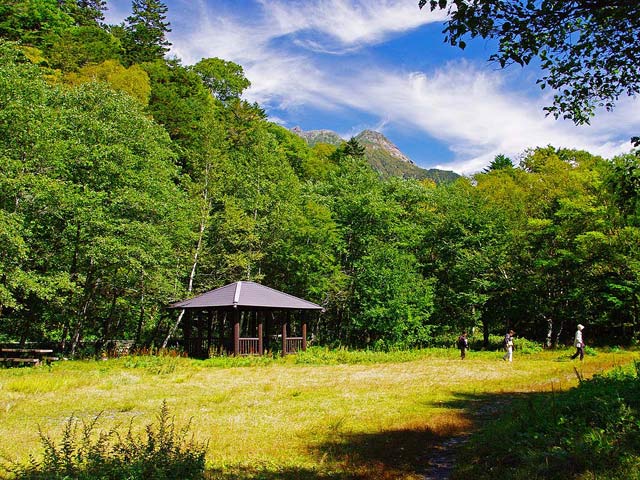Tunnel
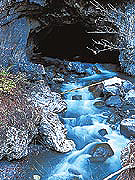
A tunnel through is a topography in which natural caves from which groundwater eroded the limestone are exposed to the surface, and are eroded and punctured in the mountain streams of Yukawa and Yuzawa, and arched. The white bone hot spring is right on top of this natural bridge. To see the tunnel, go down the carriageway from the public parking lot. There is a promenade from the face of Ryugami Falls, which flows like white thread on the mossy mountain surface.

